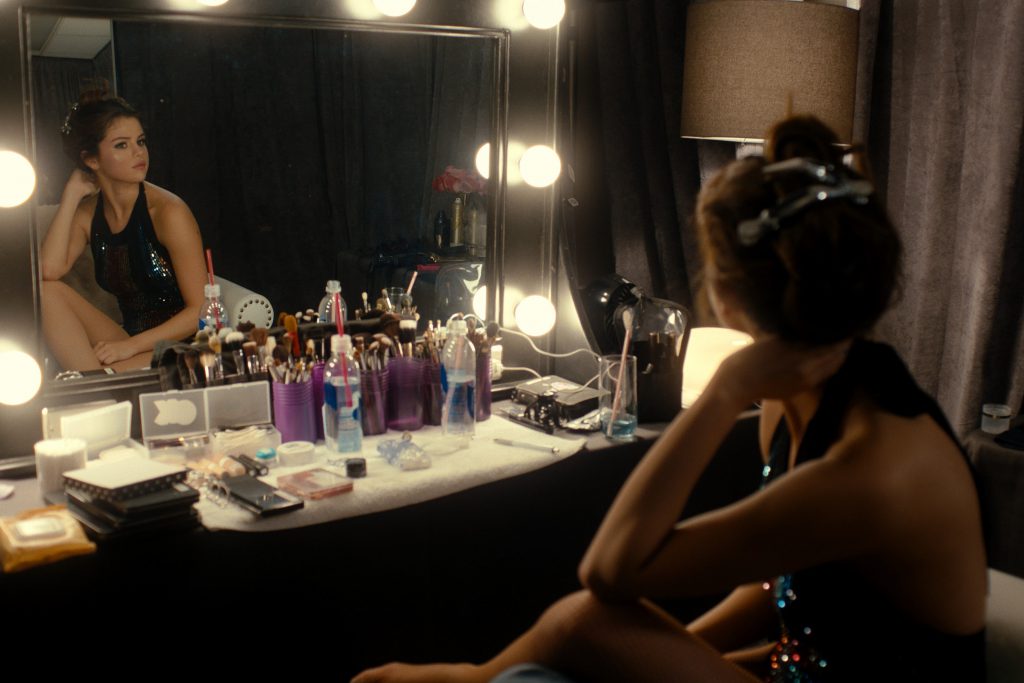By: Angel Molekunnel, Manning School of Business Well-being Leader
For a variety of reasons, a skincare program may be an effective self-care strategy. It can assist you in developing a feeling of regularity and stability in your daily life, which can be both soothing and grounding. By devoting a few minutes each day to skincare, you’re also devoting time to yourself, which may be a significant act of self-care. Skincare may also be used to develop mindfulness and stay in the present moment. When you apply skincare products, your attention is drawn to the sensations on your skin, the fragrances and textures of the products, and the act of self-care. This might help you feel more at ease and in control.
When you care for your skin, you are also caring for your body. Skincare regimens may assist in keeping your skin healthy, moisturized, and protected from environmental stresses such as pollution and UV radiation. This can make you feel more confident and at ease in your own skin, which can improve your general well-being.
Furthermore, taking care of your skin may be a source of self-expression and creativity. There are several products and procedures to explore, and experimenting with various skincare routines may be a pleasant and exciting way to care for yourself. Overall, establishing a skincare regimen may be a simple yet effective method to exercise self-care and prioritize your health.
Follow these general steps to develop a strong skincare routine:

Identify your skin type: Your skincare regimen will be determined by your skin type, which can range from oily to dry to combination to sensitive. Determine your skin type and seek items that are targeted to your individual requirements.
Cleanse your skin to eliminate dirt, oil, and makeup before beginning your regimen. Use a mild cleanser that will not deplete your skin’s natural oils, and rinse thoroughly with lukewarm water.
Exfoliating once or twice a week can aid in the removal of dead skin cells and the unclogging of pores. Choose a mild exfoliation that will not bother your skin. To treat specific skin conditions, such as acne, dark spots, or fine wrinkles, you may want to use serum, spot treatment, or other specialized products.
Moisturize: Keeping your skin hydrated is essential for keeping it healthy and young. Choose a moisturizer that is suited for your skin type and use it on a regular basis. Finally, remember to protect your skin from the sun by applying broad-spectrum sunscreen with an SPF of at least 30.
Because everyone’s skin is different, you may need to experiment with different products and procedures to find what works best for you. Also, keep any allergies or sensitivities in mind, and avoid using items that aggravate your skin.
Once you try it out, you may find that skincare influences your life in a variety of ways. Taking care of your skin might help you feel more confident in your looks. When your skin is healthy, clean, and shining, you may feel more confident and eager to put yourself out there.
Citations:
Is skin care actually necessary? what is the purpose of skin care products? Bella Reina | Spa
Beauty Products. (2021, August 20). Retrieved February 16, 2023, from https://bellareinaspa.com/is-skin-care-actually-necessary/
Reese, B. M., & Reese, M. (2022, July 29). What is the importance of skin care? Colorescience. Retrieved February 16, 2023, from https://www.colorescience.com/blogs/blog/importance-skin-care
The New York Times. (n.d.). How to build a skin care routine. The New York Times. Retrieved February 16, 2023, from https://www.nytimes.com/guides/tmagazine/skincare-routine
Wassef, D. (2023, January 30). The importance of skin care: It’s time to take care of Your skin. MyDCSI. Retrieved February 16, 2023, from https://www.mydcsi.com/2020/08/19/time-to-take-care-of-skin/
